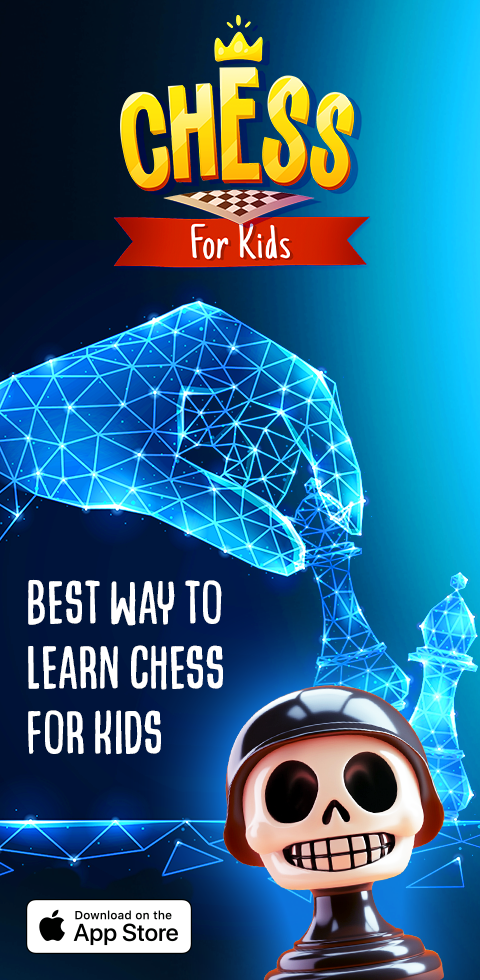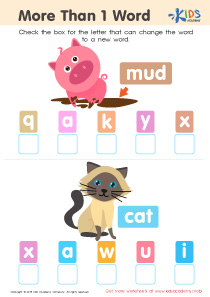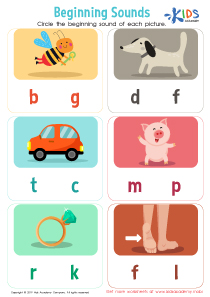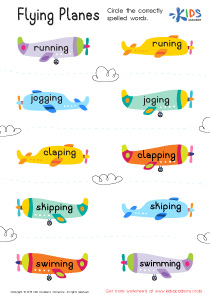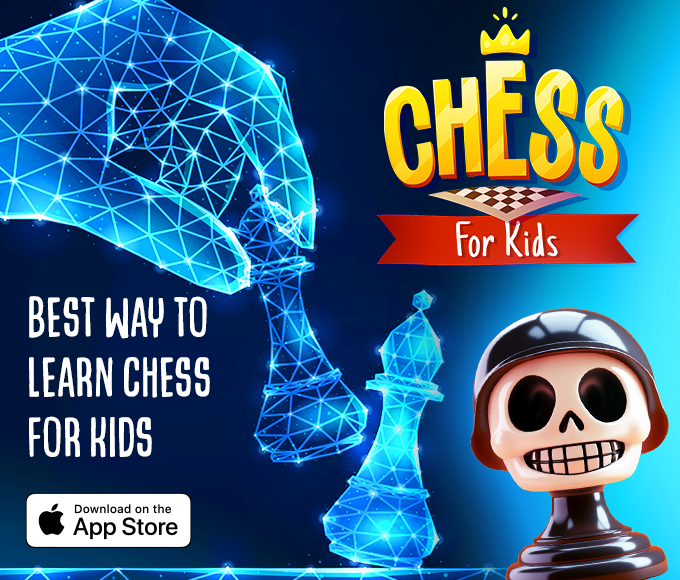Sound Association Vowels Worksheets for Ages 3-8
3 filtered results
-
From - To
Discover our engaging Sound Association Vowels Worksheets, designed specifically for children aged 3-8. These interactive resources help young learners connect vowel sounds to familiar objects and images, enhancing their phonetic awareness. By using fun activities and colorful visuals, children will develop essential reading and writing skills. Our worksheets are perfect for parents and educators looking to make learning enjoyable and effective. Strengthen your child's understanding of vowel sounds and improve their language skills through play-based learning. Explore our collection today and watch your child blossom in literacy with every worksheet they complete! Perfect for home and classroom use!


Long and Short Vowel Match up Reading Worksheet
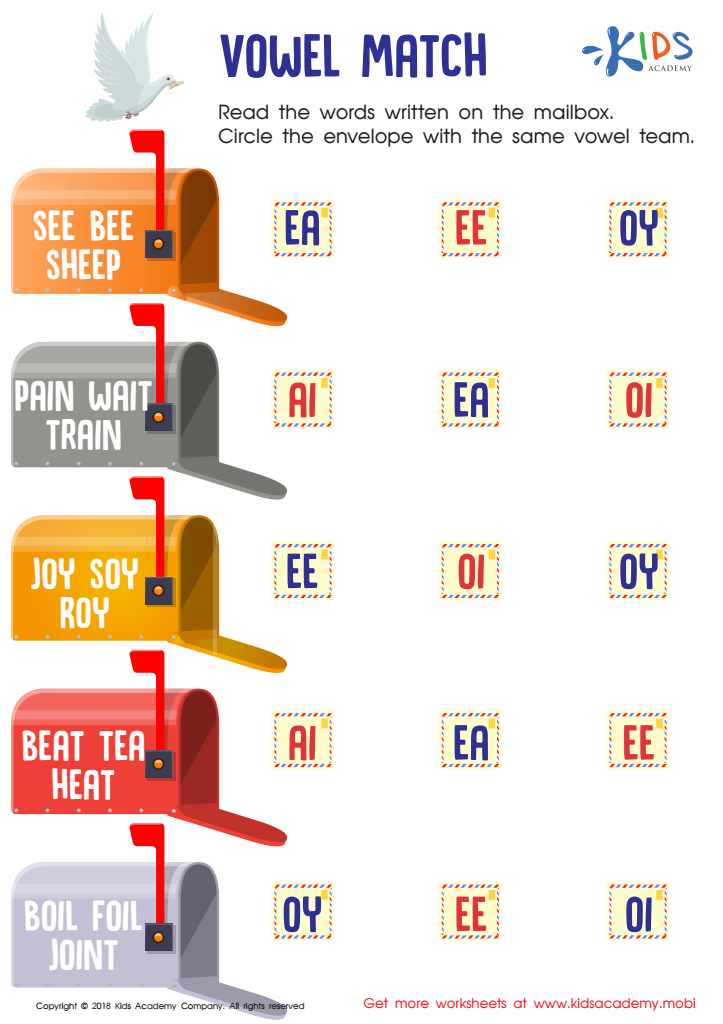

Vowel match Worksheet
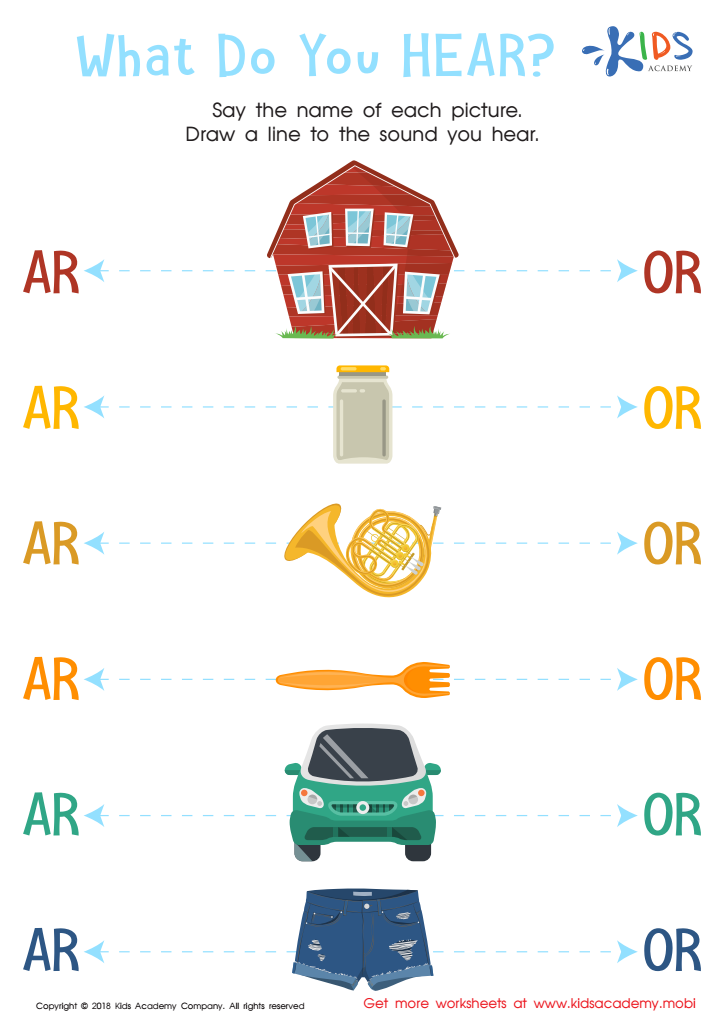

What do you hear Worksheet
Sound Association Vowels are crucial for children aged 3-8 because they form the foundation of early reading and speaking skills. At this developmental stage, children are honing their phonemic awareness—the ability to hear and manipulate sounds in words—which is essential for learning to read.
Understanding sound association, particularly vowels, enhances a child's decoding skills, enabling them to sound out words independently. Vowels are fundamental as they appear in nearly every word, and their correct pronunciation aids in effective communication. Furthermore, teaching these sounds fosters vocabulary development, laying the groundwork for future literacy advancement.
For parents and teachers, prioritizing sound association helps identify and address potential reading difficulties early on. Engaging children with interactive activities such as songs, games, and storytelling that emphasize vowel sounds makes learning enjoyable and effective. Healthy social interactions and language development resulting from strong phonetic skills can boost a child's confidence and participation in classroom settings.
In summary, sound association with vowels is instrumental not only for academic success but also for overall language development, making it a primary focus for caregivers and educators in nurturing young learners.
 Assign to My Students
Assign to My Students

